1. Blood Is Blue Until It Hits Oxygen
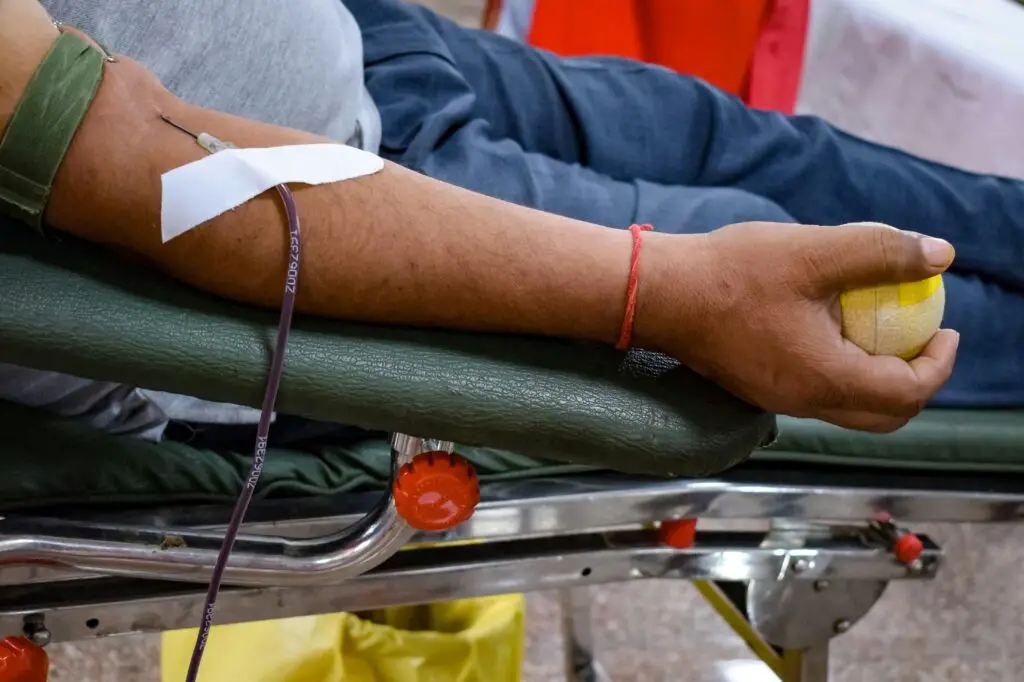
One of the most common body myths is that blood is blue inside our veins and only turns red when it meets oxygen. People point to the bluish tint of veins under the skin as “proof.” For centuries, this idea made its way into classrooms and even casual conversations.
But blood is never actually blue. Veins look that way because of how light penetrates the skin and reflects back, giving them that bluish appearance. Human blood is always some shade of red, darker when it has less oxygen and brighter when it’s freshly oxygenated. The blue blood belief is a perfect example of how appearances can trick us.
2. Shaving Makes Hair Grow Back Thicker

If you’ve ever been warned that shaving your arms or legs will make hair grow back thicker, you’re not alone. This myth has been passed down for generations, making teenagers nervous about picking up a razor. It feels true because hair often looks darker and rougher when it grows back in.
The truth is, shaving just cuts hair bluntly at the surface, which makes regrowth feel stubbly. Hair thickness, color, and growth rate are controlled by genetics and hormones, not razors. So while shaving can create that coarse sensation, it doesn’t change how your hair naturally grows. This one has been scaring people for no reason.
3. Humans Swallow Eight Spiders a Year in Their Sleep

This creepy story has been making people squirm for ages. The idea is that spiders crawl into our mouths while we snooze, with most of us supposedly eating several in a lifetime without knowing it. It’s a horrifying image, which is probably why it spread so easily.
In reality, it’s just a tall tale with no scientific basis. Spiders tend to avoid humans, not seek them out, and the vibrations of a sleeping person usually keep them away. The myth likely began as a way to show how easily false facts spread. Rest assured, you’re not having midnight spider snacks.
4. Cracking Your Knuckles Causes Arthritis
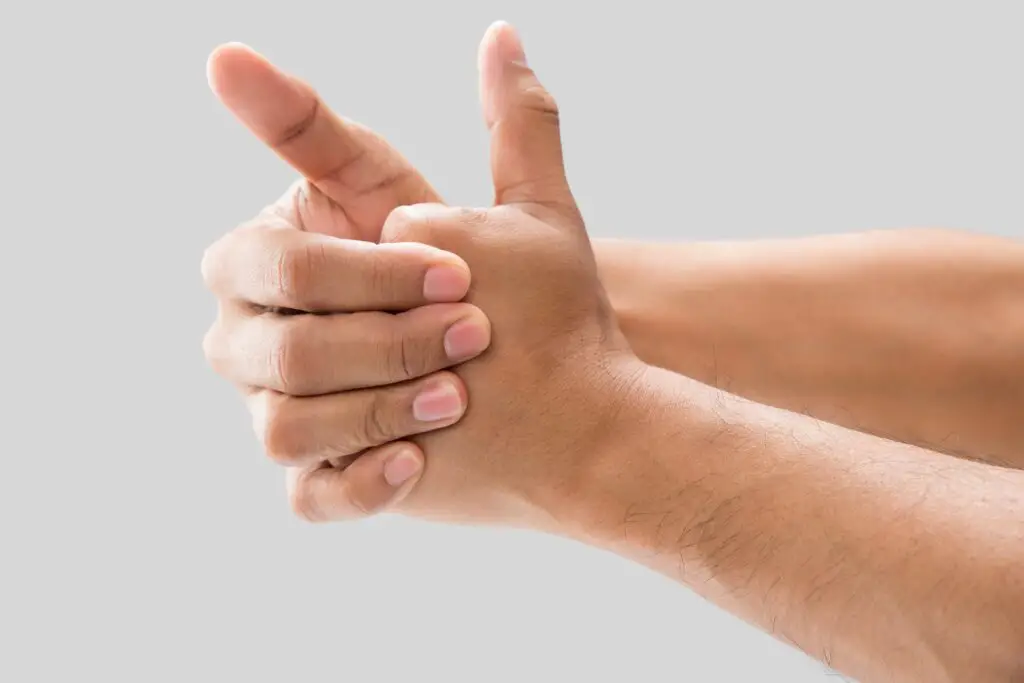
Parents and grandparents have long warned kids about the dangers of knuckle cracking, insisting it would lead to arthritis later in life. The loud popping sound certainly makes it seem like damage is being done. The myth stuck around because it feels believable.
But research shows that knuckle cracking doesn’t harm the joints. The noise actually comes from bubbles in the joint fluid collapsing or forming, not bones grinding. While cracking can be annoying to people around you, it won’t cause arthritis. The worst you might get is a few irritated looks.
5. Humans Have Only Five Senses

Ask most people about the senses and they’ll name the classic five: sight, smell, touch, taste, and hearing. This idea goes back to ancient philosophers who classified human perception in simple terms. For centuries, it seemed like the complete list.
But modern science tells us we have far more. Humans can sense balance, temperature, pain, and even body position without looking. Some scientists count over a dozen different senses. It’s a reminder that our bodies are far more complex than early thinkers could have imagined.
6. Eating Carrots Improves Night Vision

During World War II, stories circulated that British pilots were eating carrots to see better in the dark. The tale was so convincing that it carried on long after the war. Parents have repeated it for decades, urging kids to eat more vegetables.
While carrots are healthy and contain vitamin A, which is good for eye health, they don’t give you night-vision superpowers. The myth started as wartime propaganda to cover up the use of radar technology. Carrots are great for you, but they won’t help you see like a cat in the dark.
7. Gum Stays in Your Stomach for Seven Years

Chewing gum has often come with a warning: don’t swallow it, or it’ll sit in your stomach for seven years. For kids, this sounded terrifying and probably stopped a few from gulping down gum too quickly. It’s one of those childhood “facts” everyone seemed to know.
The reality is that gum passes through the digestive system just like most other foods. The body can’t fully break it down, but it doesn’t get stuck for years either. It usually leaves your system within a few days. While it’s not great to swallow gum, it’s far from the horror story we were told.
8. You Can Catch a Cold from Cold Weather

For centuries, people have associated chilly weather with catching colds. The name itself doesn’t help, making it easy to assume the two are connected. Parents have long warned kids to bundle up to avoid getting sick.
But colds are caused by viruses, not the temperature outside. While cold weather can weaken the immune system slightly and make us gather indoors more, giving germs a better chance to spread, the weather itself isn’t the culprit. It’s the viruses we pass to each other that cause illness. So being warm and cozy won’t guarantee you avoid a sniffle.
9. Sugar Makes Kids Hyper

Birthday parties and Halloween are often blamed for sugar-fueled chaos. For generations, parents swore that candy sent kids bouncing off the walls. The myth became so popular that many believed it was undeniable truth.
However, studies show that sugar doesn’t directly cause hyperactivity. The excitement of parties, games, and special occasions is usually what gets kids worked up. Parents may also notice behaviors more when they expect sugar to cause them. While too much sugar isn’t healthy, it’s not the cause of the “sugar rush” legend.
10. Your Tongue Has Different Taste Zones

Diagrams of the tongue divided into areas for sweet, salty, sour, and bitter have been around for ages. Teachers used them in classrooms, and kids memorized the chart like it was fact. It seemed neat and organized, which made it easy to believe.
In truth, all parts of the tongue can detect all tastes. Some areas may be more sensitive than others, but there are no strict zones. Scientists discovered this long ago, yet the outdated chart kept appearing in textbooks. Our tongues are far more versatile than that myth suggests.
11. Humans Only Have Four Blood Types
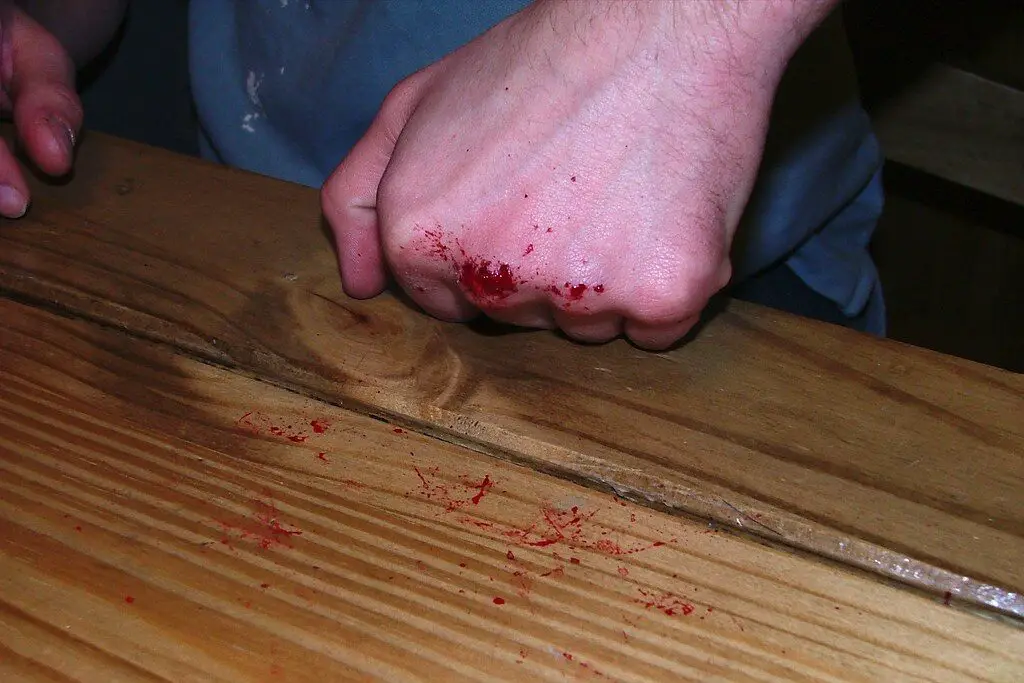
For a long time, most people thought blood only came in four varieties: A, B, AB, and O. These types were the ones most often taught in schools and used in medicine. It seemed like a simple system.
But researchers have identified dozens of rare subtypes beyond the main four. Some are so uncommon that only a handful of people in the world have them. These rare types make blood transfusions more complicated than the basic system suggests. It’s a reminder of how unique each human body can be.
12. Hair and Nails Keep Growing After Death

This eerie myth has been repeated for centuries, often adding to the creepiness of ghost stories and horror tales. People claimed that even after death, hair and nails would keep growing. It gave the impression that the body lived on in strange ways.
The truth is that hair and nails don’t grow after death. What happens is that the skin shrinks as the body dries, making it look like growth is happening. It’s a trick of appearance, not biology. While unsettling, it’s one more example of how myths can outlive the facts.
13. Humans Have a Dominant Left or Right Brain
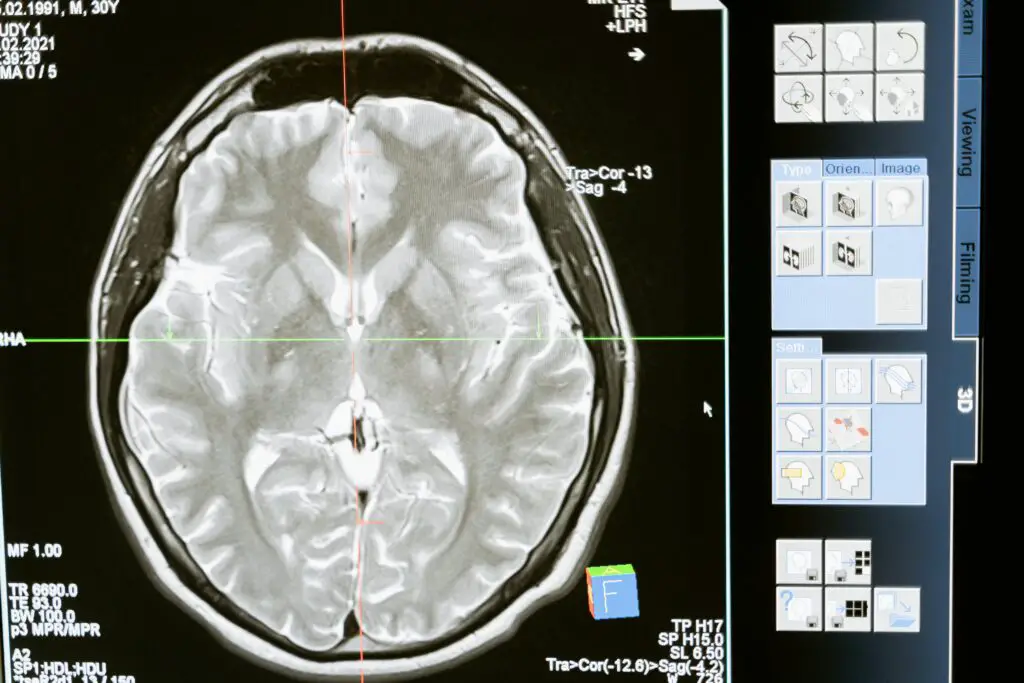
The idea of being “left-brained” or “right-brained” became hugely popular in the 20th century. People were told that left-brained folks were logical, while right-brained people were creative. It became a way of explaining personality and talents.
But neuroscience has shown that both hemispheres work together far more than the myth suggests. Creativity, logic, and problem-solving use multiple parts of the brain at once. While some tasks lean on certain regions, no one is entirely “left” or “right” brained. The human brain is much more balanced and cooperative.
14. Humans Only Have 206 Bones as Adults
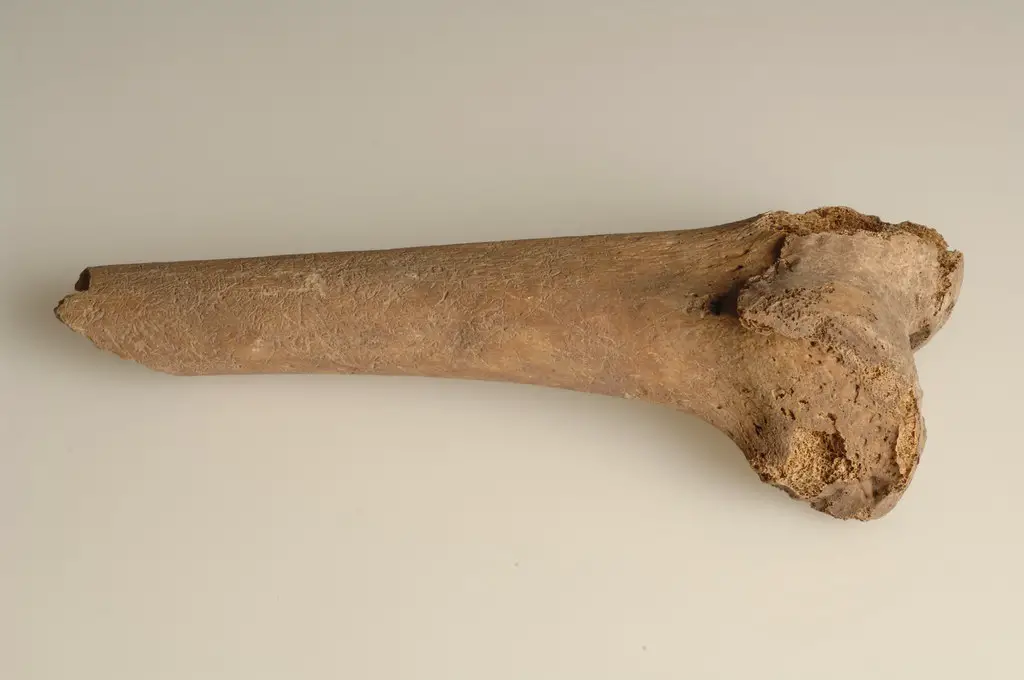
It’s widely taught that adults have 206 bones in their bodies. While this is generally true, the idea that everyone has exactly that number is a bit misleading. For centuries, people have treated it as a fixed fact.
In reality, some people have extra bones, like additional ribs or small bones in their hands and feet. These variations are perfectly normal and don’t usually cause health problems. So while 206 is the standard, the actual number can vary. Our skeletons are more unique than we often realize.
